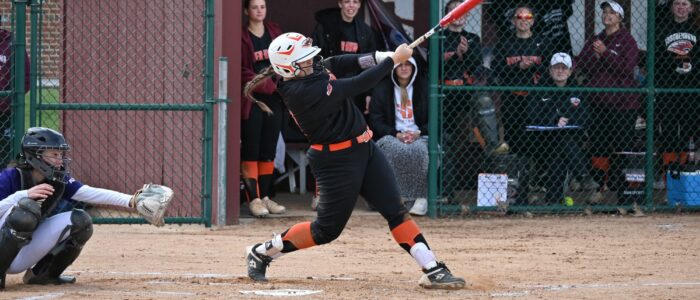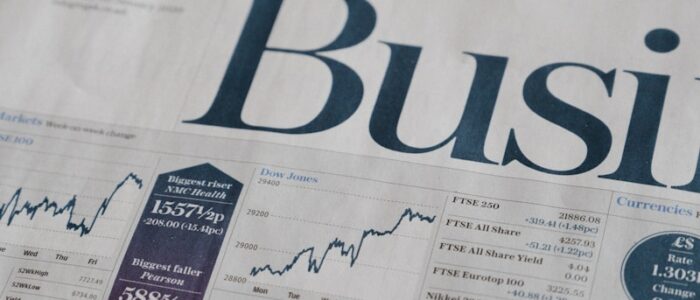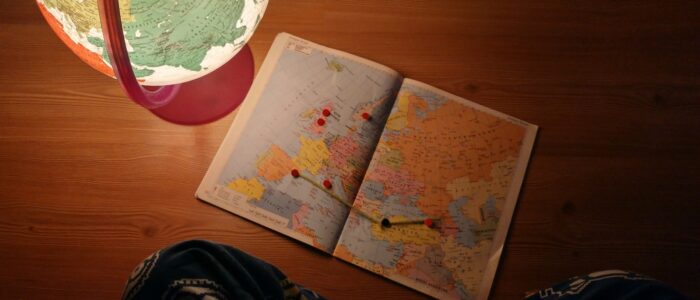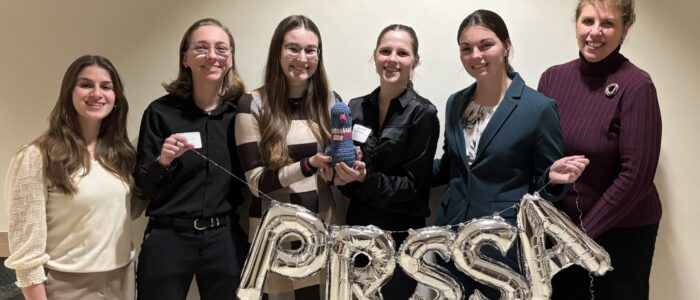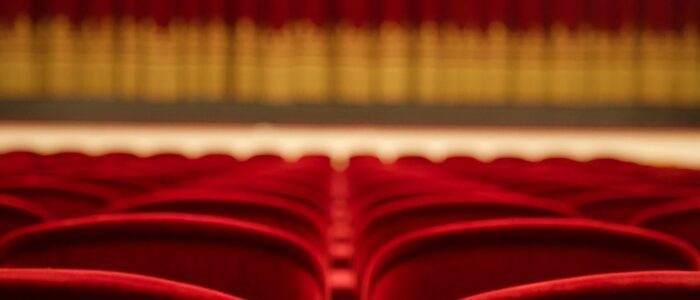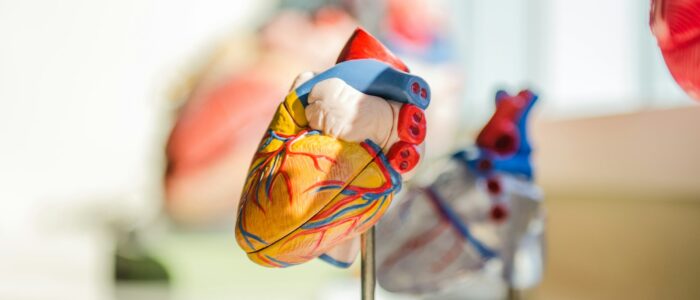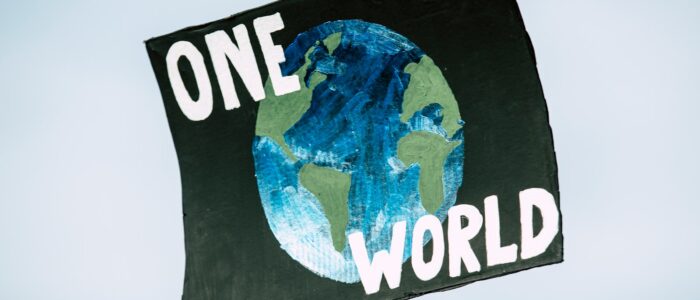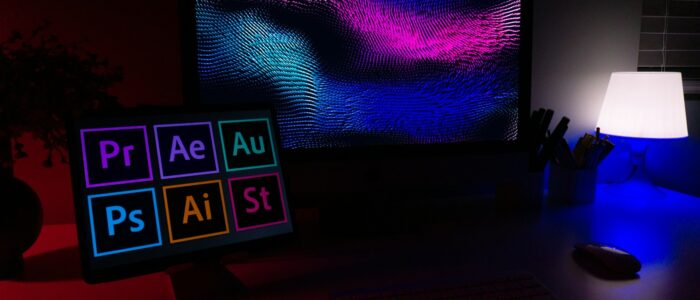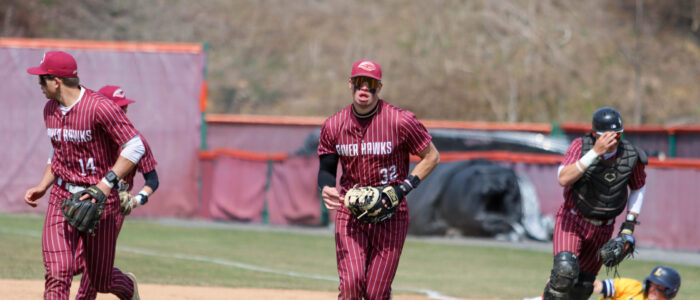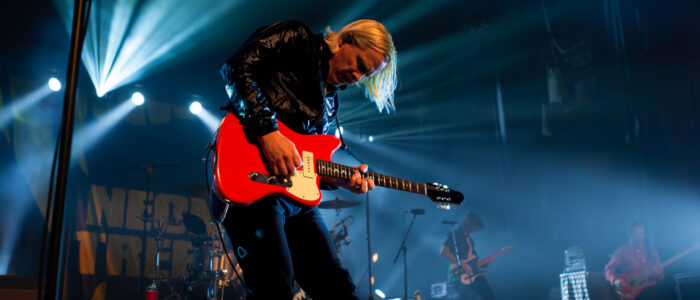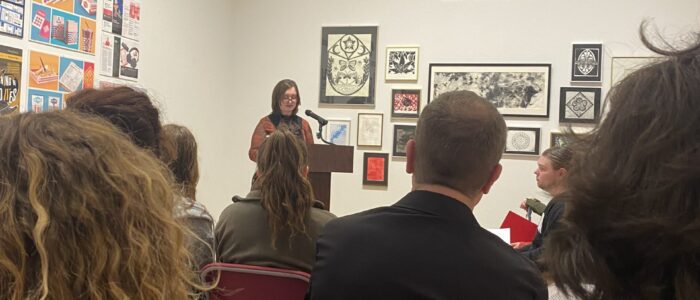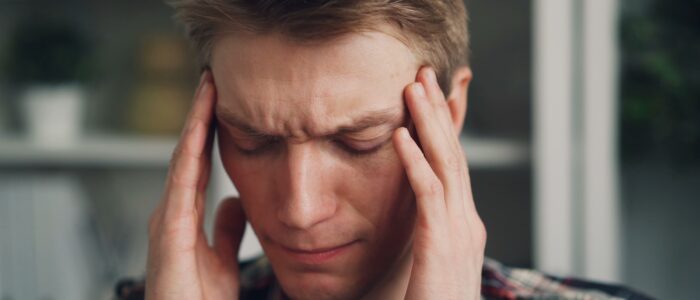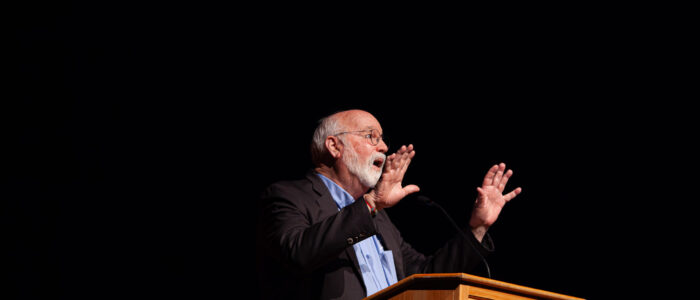By Megan Ruge Living & Arts Editor
Disney is always looking for a new way to wow its audiences, something that they have been able to do again and again since Walt Disney released its first animation. The company is always looking for the next thing to draw in both new and old audiences and, again, break the box office.
The newest eye-catching Disney project, the making of classics into live action films, has released its latest project and audiences are raving.
The release of “Beauty and the Beast” on March 17 came with a tremendous amount of anticipation. The lines were out the door and the movie brought in an estimated $170 million at box office opening weekend—rightfully so.
For the film, the director chose the lighting very well. During outdoor scenes, the atmosphere is bright yet covered as if it were a bright cloudy day.
When in the library or inside Belle’s cottage, very famous locations from the original animated feature, the scene relies on what appears to be natural lighting. This makes it easy to see exactly what is happening, but gives the atmosphere of the location a more real and authentic feel for the time period.
Lighting in the castles was the best, if not the most unique, feature as far as the use of light.
The castle offers an interesting dynamic in which the whole thing is lit only by authentic candle and lamp light, but even the aspect of natural light leaves the castle dark and gloomy, alluding to the sadness it contains. It isn’t until the end of the film that the castle is fully lit and flooded with an almost springtime light that allows the audience to see how happy and harmonious everyone has become in the end.
Another breathtaking aspect of the film is the settings. Disney, intead of focusing on the magic that made “Beauty and the Beast” a fairytail, the film reveals a large amount of historically accurate settings.
The film capatalizes first on the town, the way it would have been much smaller in real life. It then makes an example of the town library—nothing more than a single bookshelf inside the town church—to convey the idea that this town is isoalted and stuck in its ways. The final, and maybe most interesting example, is the absence of the famous town fountain. The piece was originally historically inaccurate.
The film’s aesthetic concepts and ability to retell a story we already know was incredible, but the most affecting aspect was the way the film filled in holes that the original left wide open.
In the live action, we find out a lot we didn’t know before. We find out why the prince was cold hearted and what happened to his parents. We find out exactly how Belle’s mother died and where the rose fit into Belle’s narative. Lastly, the film reveals exactly why the villagers never noticed a huge castle in the woods before.
Though there are other story holes that are filled, the film surpasses expectations and will please audiences new and old; I give this film five stars.

